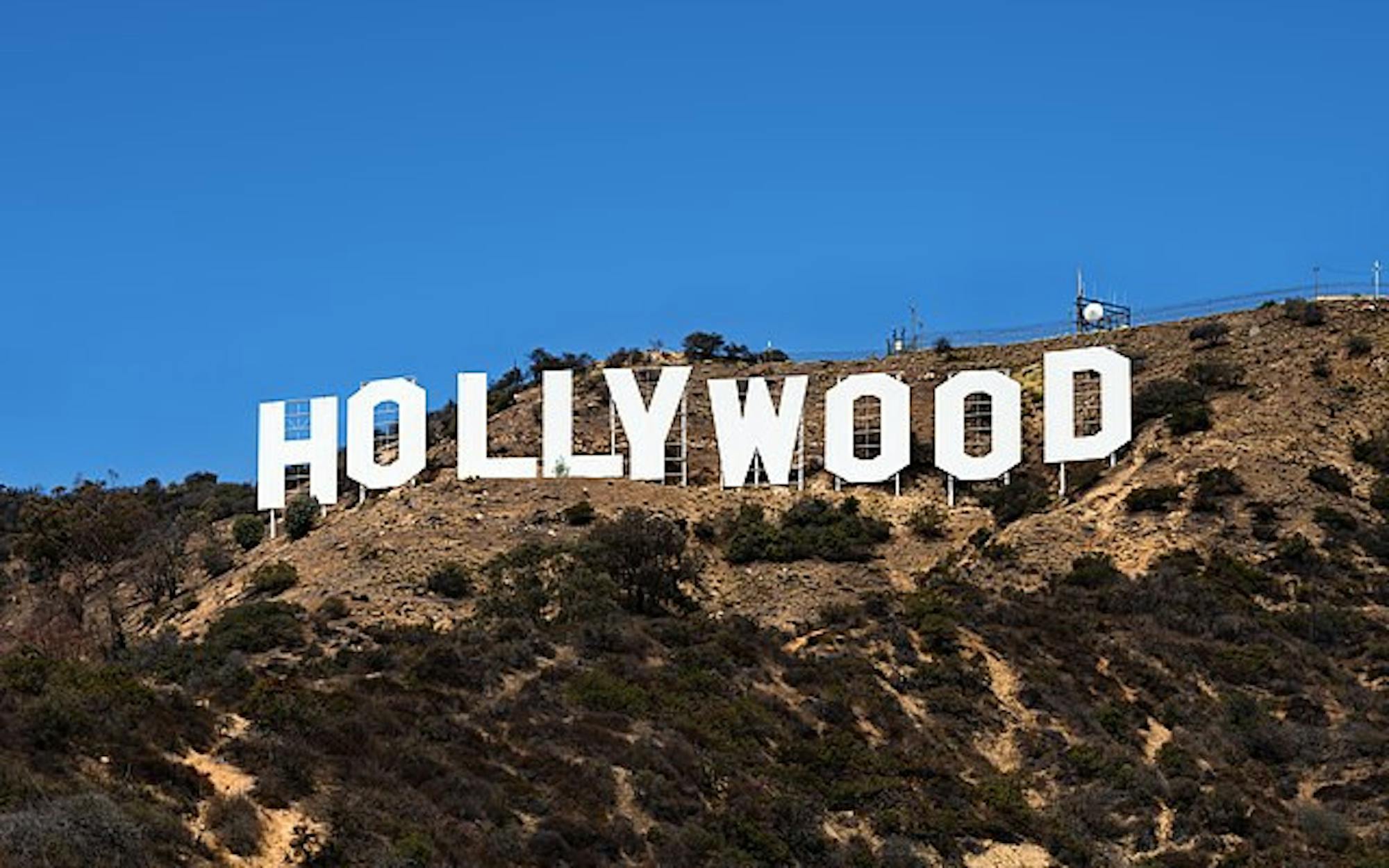Content Warning: This article includes mentions of suicide and drug abuse. Find on- and off-campus resources for substance abuse recovery here.
News about drug abuse in Hollywood has long been widely reported on by the media. Whether due to the accessibility of illicit substances or due to their lifestyle filled with parties, drug abuse among celebrities has been prevalent in Hollywood. This has led to disastrous results and caused the deaths of many iconic Hollywood stars, including Elvis Presley, Marilyn Monroe, Anna Nicole Smith and Heath Ledger.
Historically, the prevalence of drug addiction in Hollywood started back in the 1930s. The star system in Hollywood, through which young actors were chosen and fashioned into superstars, encouraged actors and actresses to behave in a certain way on and off camera. With the high expectations of the major film studios and long work hours that required high amounts of energy, doctors started prescribing drugs and deceptively named vitamin shots or pep pills to help these stars with energy or sleep. This system caused the death of Hollywood star Judy Garland, who died of a barbiturate overdose in 1969, following years of addiction that started when she was just a child on set.
The public and the media tend to idolize drug-abusing celebrities and perceive their lifestyles as glamorous, yet there is a stigma around ordinary people battling addiction. When photographs of celebrities at parties that capture moments of ecstasy and luxury are published in the media, their actions are often glamorized. ‘Heroin chic’ is a term that refers to the beauty standard of the 1990s, suggesting how the more sick a person looked, the more publicity and attention they got.
By presenting drug abuse in a sexy or humorous light through many movies, Hollywood culture has arguably promoted and glamorized drug abuse. The popular movie “The Wolf of Wall Street” (2013) depicted Jordan Belfort developing his brokerage firm in Wall Street and showed how his life changed with his growing status and increasing substance use. His luxurious life full of fraud, substance abuse and corruption was glorified. “Superbad” (2007), the “most intoxicated” movie since 1984 with about 170 mentions of drugs and alcohol,also exemplifies how Hollywood portrays protagonists under the influence with a humorous narrative.
Hollywood’s epidemic of substance abuse and suicide commonly stem from the mental health problems that plague celebrities. Along with reaching extreme levels of fame, public attention and criticism, depression is very common in the entertainment industry. Famous actors, actresses and artists such as Winona Ryder, Johnny Depp, Jim Carrey and Selena Gomez battle with depression or anxiety and have opened up about the costs of gaining fame.
Within the music industry, young stars such as Miley Cyrus, Demi Lovato and Britney Spears have been known to use drugs and struggle with mental health. Cyrus has also been blamed for promoting drug usage by posting pictures with #drugaddict and #alcoholic on her social media.
Lovato, who uses she and they pronouns, admitted that they started experimenting with drugs when they were 13 years old. In her interview with Access Hollywood in 2014, where she opened up about her battle with addiction and spoke about the dangers of glamorization of drugs in Hollywood, Lovato said, “Drugs are not something to glamorize in pop music or film to portray as harmless recreational fun.” Later in 2018, they suffered three strokes and a heart attack when they overdosed. Her relapses and recommitments to sobriety over the years were widespread in the media and emphasized how difficult it is to go through a recovery journey. Recently in 2021, they released a docuseries entitled “Dancing with the Devil” that depicted her traumas, nearly fatal overdose and details of her recovery.
Young people often idolize celebrities, so the widespread use of drugs in Hollywood sets a dangerous example. According to the American Addiction Centers, 1 in 7 young adults have a substance use disorder. Hollywood’s glamorization and normalization of drugs can have a negative impact on young people who are still forming their identities. The media must work to curtail these glamorized narratives, but regardless, the world of fame should not be the example, as the media can create false expectations. Hence, getting educated about the physical and mental dangers of drug abuse is crucial. It is important that we remember, despite what we see on screen, that drugs are deadly, not glamorous.






